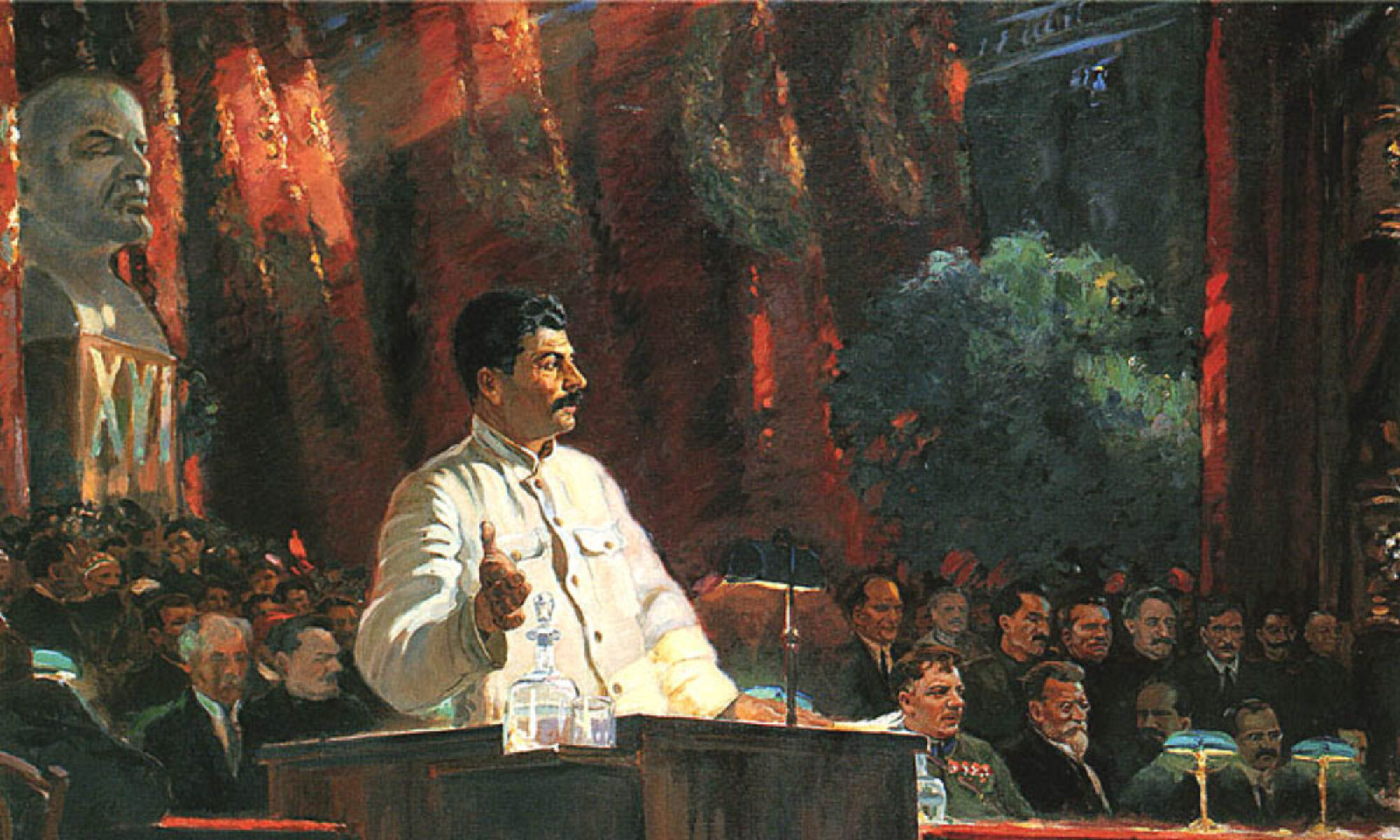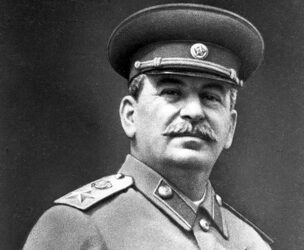Erika Wolf introduces us to the Soviet photographer Alexander Rodchenko. She tells us about some of his well known works and allows the reader to have a look at visual propaganda. The Soviet labor camp, Belomorstroi played a huge part in Rochenko’s rise to the top. The White-Sea Baltic Canal project particularly helped Rodchenko pave his way. His photo essays were published in a respected magazine that was translated in Russian, English, German and French. This images and writings show the work ethic of the Soviet Union and provide readers with a false sense of accomplishment. Although the stories show the dedication of the Soviet workers, as a reader, the deeper you dig the more bodies you find. Belomorstroi changed the “nonproductive” or “antisocial” members of the Soviet Union into, ” productive, skilled, contributing members of society and at the same time a useful public project was completed.”(Wolf 170). The labor camp is portrayed to the magazine readers as a group of people that worked together and were able to accomplish something “together”. The perfect society right? Wrong, in Rodchenko’s images not one of the workers looks happy or is smiling. The laborers look tired, beat down and exhausted. After all the were completing the tasks of machines. Wolf introduces us as readers to an inside look of the Visual propaganda in the 1930’s.
Chaos Instead of Music
The article Chaos Instead of Music says that lot of the music in Stalinist Russia was left leaning. Much of the music composed during this time period was considered to be “leftist” rather than natural human music. Much like the theatre this is portrayed as the negative affects of “Meyerholdism”. Many blame the “petty-bourgeois” for allowing natural human arts and music to be revealed to the soviet citizens.
The article states.
“The composer of Lady Macbeth was forced to borrow from jazz its nervous, convulsive, and spasmodic music in order to lend “passion” to his characters. While our critics, including music critics, swear by the name of socialist realism, the stage serves us, in Shostakovich’s creation, the coarsest kind of naturalism.”
This shows us that the soviets were influenced heavily even in their music, arts, poetry and so much more. They never had naturalistic experiences.
The Bolshevik’s
As we see the Bolshevik’s being slightly more introduced into the story, there are very few followers. This can be a troubling task without any backing. They are sort of viewed as rebels and not many people want to be associated with them. On page 440 of the text we are given a brief description ” A mere handful of Bolshevik’s-only nineteen altogether- devoted all their energies to the task of consolidating Soviet authority throughout the district.”. Many Russian’s did not like the thought of change. Lenin began this movement to allow the people of Russia a quote on quote say in their government. This idea that Lenin put forth showed the ideals of a democracy in a way that people had never really agreed with at this point in time in Russia. A government ran by the people for the people’s best interest. Ruled by a council of peasants, the working class and soldiers, what could be better? Little did they people supporting the Bolshevik’s realize that this would lead to Russia becoming the first Communist state.
After reading this far into the book, if you were offered a spot to be apart of the Bolshevik revolution would you? Would you be willing to take the risk and go against what you know to create this new type of society?

